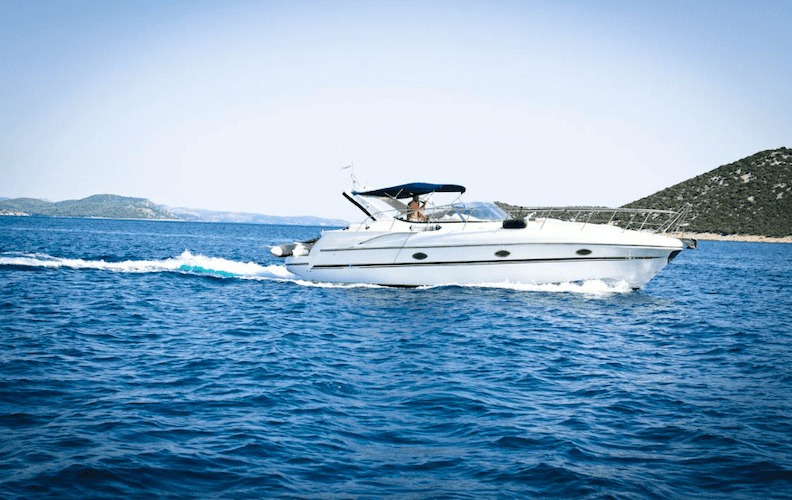
If you own a boat, then you’re probably already aware of some basic boat terminology. You may have already discovered that knowing the right words can help you avoid confusion while communicating with your crew or when purchasing new equipment for your boat. Boating terminology can be overwhelming, but, in this article, we will cover some of the essential words you should know as a boat owner. We’ll start with some of the basics that even non-boaters might know and work our way up to less common terms you might not know yet.
Basic Terms
Bow and Stern – The bow is the front of the boat, while the stern is the back. These are essential words you should know as you navigate the waterways.
Port and Starboard – Port refers to the left side of the boat, while starboard is the right side. Remembering these words will avoid confusion between you and your crew.
Hull – The hull is the body of your boat. It’s what gives your boat its hydrodynamic shape and keeps it afloat. When purchasing a boat, it’s important to know the hull’s strength and build.
Nautical Mile – It’s the standard unit of measurement for marine or air navigation. One nautical mile is equal to 1.852 kilometers or 1.1508 miles. Knowing this term can help you navigate and calculate your fuel consumption.
Intermediate Terms
Mooring and Berthing – Mooring is when you anchor your boat to a stationary object, while berthing is when you dock your boat at a marina. If you’re visiting a new marina, it’s essential to understand berthing procedures to avoid accidents and mishaps.
Draft – Draft refers to the distance between the boat’s waterline and the bottom of the boat. It’s an essential term when you’re trying to move through waterways with shallow beds.
Deadhead – Deadhead refers to a tree or any floating debris that can damage your boat’s propeller. It’s a significant hazard and can cause accidents if not avoided.
Cleat – A cleat is the secure fitting on a boat that docking lines are attached to. They’re often shaped like an elongated anvil.
Bottom Line
Owning a boat can be an exciting experience. However, knowing boat terminology is crucial for your safety and that of your crew. These are just a handful of terms that you might come across, but understanding the words covered in this article can help you communicate effectively with your crew, calculate fuel consumption, and safely navigate the waterways. Keep in mind that this is just a start; there are more words to learn as you progress in boating, but knowing the basics will give you the confidence to enjoy your boating experience.
Build a Scout Boat Today
If you’re looking for a luxury boat, look no further than Scouts Boats. At Scout Boats, our mission is to craft exceptional luxury models ranging from 17′ to 53′. Each of our vessels is meticulously designed to incorporate enduring innovations, cutting-edge technology, and trendsetting features that define the pinnacle of boating excellence. Build your Scout Boat today.
Disclaimer: This article is for informational purposes only. Always follow boating regulations and safety guidelines in your area.



